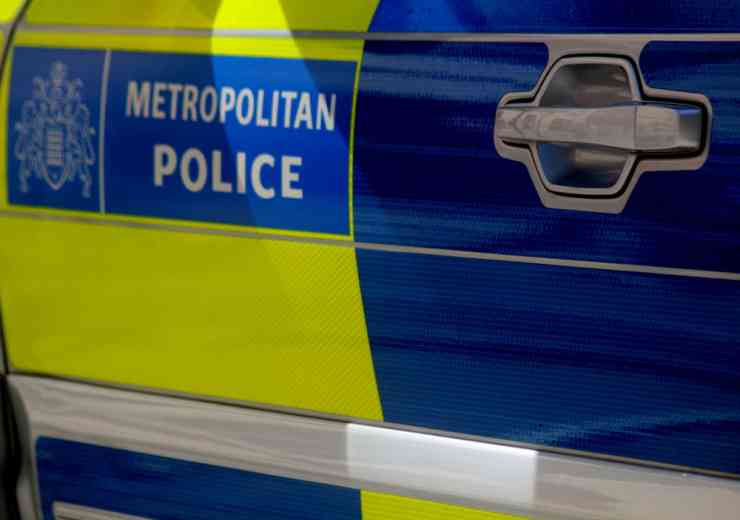New guidance on live facial recognition technology
The College of Policing has published new authorised professional practice to ensure police forces in England and Wales take a consistent approach when using live facial recognition.
The technology supports police to prevent and detect crime and involves using cameras in public or private areas to find passing individuals who are included on police databases. The software generates an alert, which is reviewed manually by a police officer before a decision is made to engage with the individual.
The guidance is clear that live facial recognition technology should be used in a responsible, transparent, fair and ethical way and only when other, less intrusive methods would not achieve the same results. To this end, all use of the technology has to be targeted, based on intelligence and have a set time for use to start and end.
The guidance also states that images placed on the predetermined database must meet a proportionality and necessity criteria and be reviewed before every deployment and that police forces should give notice about the use of live facial recognition, making use of social media and their website, unless there is a critical threat that makes this impractical.
In response to the publication, Fraser Sampson, the Biometrics and Surveillance Camera Commissioner, raised a few concerns, including over the relationship between LFR and counter terrorism.
He said: “While not mentioned specifically, the alignment between LFR with the principles and standards set out in the UN Compendium needs to be clarified. Jean Charles de Menezes was tragically shot dead by CT police in London because he had been facially misidentified by a surveillance officer. If we were to rely on LFR in these extreme circumstances in the future what are the safeguards? Is there a case for judicial approval for deploying LFR rather than a senior police officer as is the case for other types of surveillance? What about the exchange of image templates from LFR across jurisdictions, for example, where the technology is used for journeys via the channel tunnel? Perhaps the DCMS consultation on the structure for biometric surveillance oversight and regulation should address this.”






















